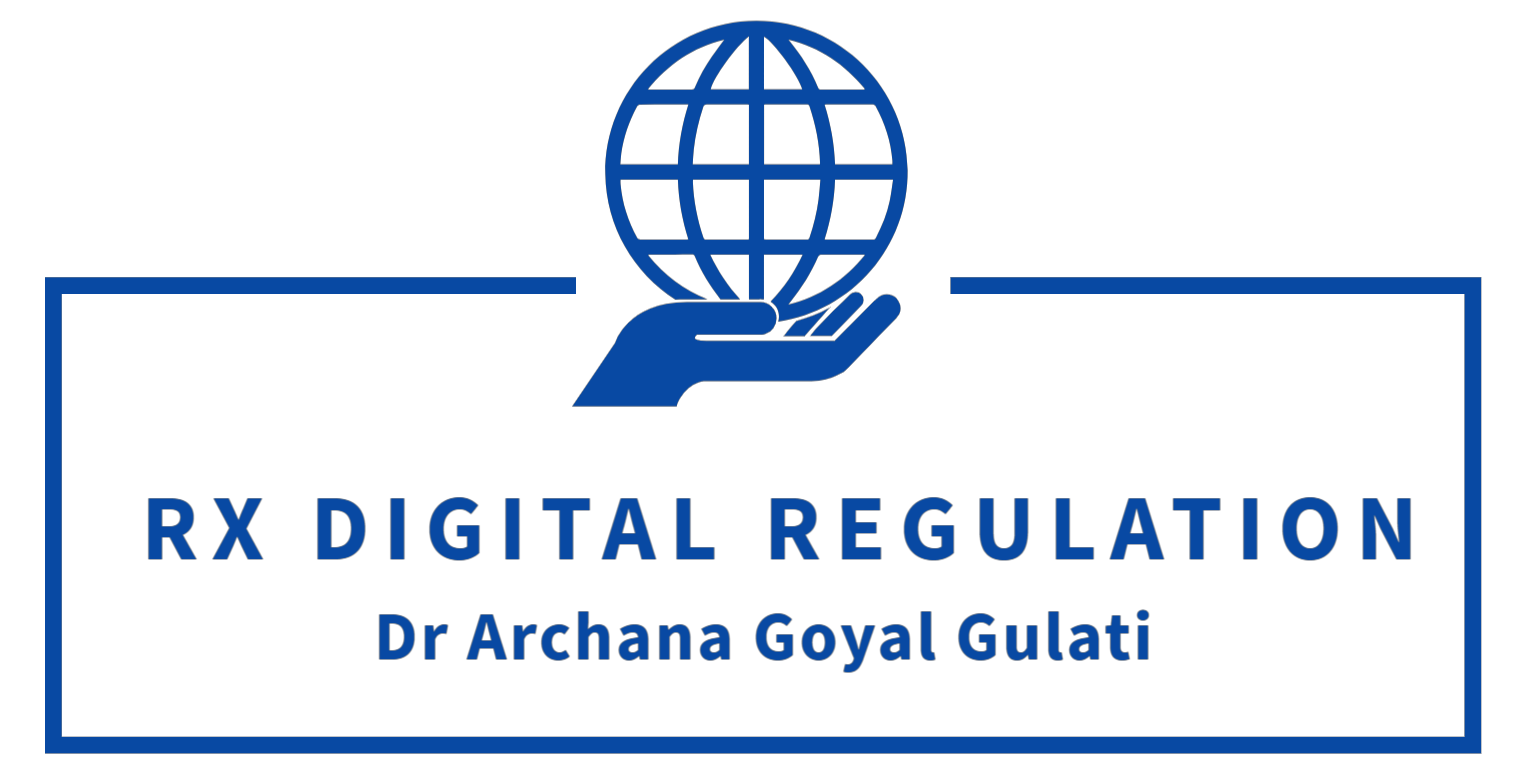
Risk Financing Mechanisms-Indian Context
Presentation at First Session of the National Platform on Disaster Risk Reduction (NPDRR),New Delhi, India, May 13-14th, 2013
DOWNLOADS: 69
ABSTRACT VIEWS: 420
Abstract
India is extremely vulnerable to natural disasters. Floods, droughts, cyclones, landslides and earthquakes are a recurrent phenomenon in India. Disaster Risks are also increasing due to development processes exposing a larger number of people and assets to climate related hazards at a pace that outstrips our ability to reduce vulnerability and develop resilience. The situation is worsened by frequent occurrence of man made disasters such as fires. In this context, evolving risk transfer mechanisms, also prioritized by the Hyogo Framework for Action, becomes crucial. Ex ante risk financing mechanisms like insurance form a critical part of a comprehensive disaster management strategy. National Disaster Management Authority, India has taken up the issue of development of effective risk transfer mechanisms and has accordingly held number workshops/conferences on this subject which may be seen below. These events have facilitated interface among key stakeholders with a view to evolving a national consensus on the subject. Following the April 2012 seminar, NDMA and Insurance Regulatory& Development Authority’s (IRDA) joint efforts have led to a concept note which was discussed with stakeholders in a recent National Seminar on Risk Transfer Mechanisms on 17th April 2013.
This presentation highlights the significance of developing a comprehensive financial resilience strategy as an integral part of disaster management in the Indian context. It highlights existing gap areas and suggests a way forward in keeping with lessons drawn from international best practices. It explores the role of insurance as a potential component of India’s ex ante risk financing strategy so as to adequately meet resource requirements for post disaster relief, recovery and reconstruction while also incentivisng mitigation and DRR.
References
- • Purchase of insurance by States (% of SDRF?)
- • ParametricSimple disaster insurance policy for individuals/families • Innovative products • Govt. funding for BPL/continuation of present relief • Mandatory insurance of private homes • Mandatory insurance coverage for Individuals visiting public places • malls, theatres, hospitals, hotels, exhibition sites • Minimum compensation at par with SDRF norms • Insurance of public utilities • water, energy
- . G Archana , GulatiNDMA WAY FORWARD
- Develop comprehensive risk financing strategy • Appropriate balance of reserves/contingency funding & ex ante risk transfer
- Develop disaster insurance market (PPP) • legislation, regulation, incentives, subsidies • Innovative, affordable products • Explore use of Insurance for Reconstruction • Encourages mitigation • Reduces burden on exchequer • Ensures liquid funds for reconstruction • Early economic recovery
- . G Archana , GulatiCrossref

